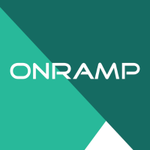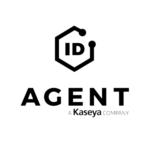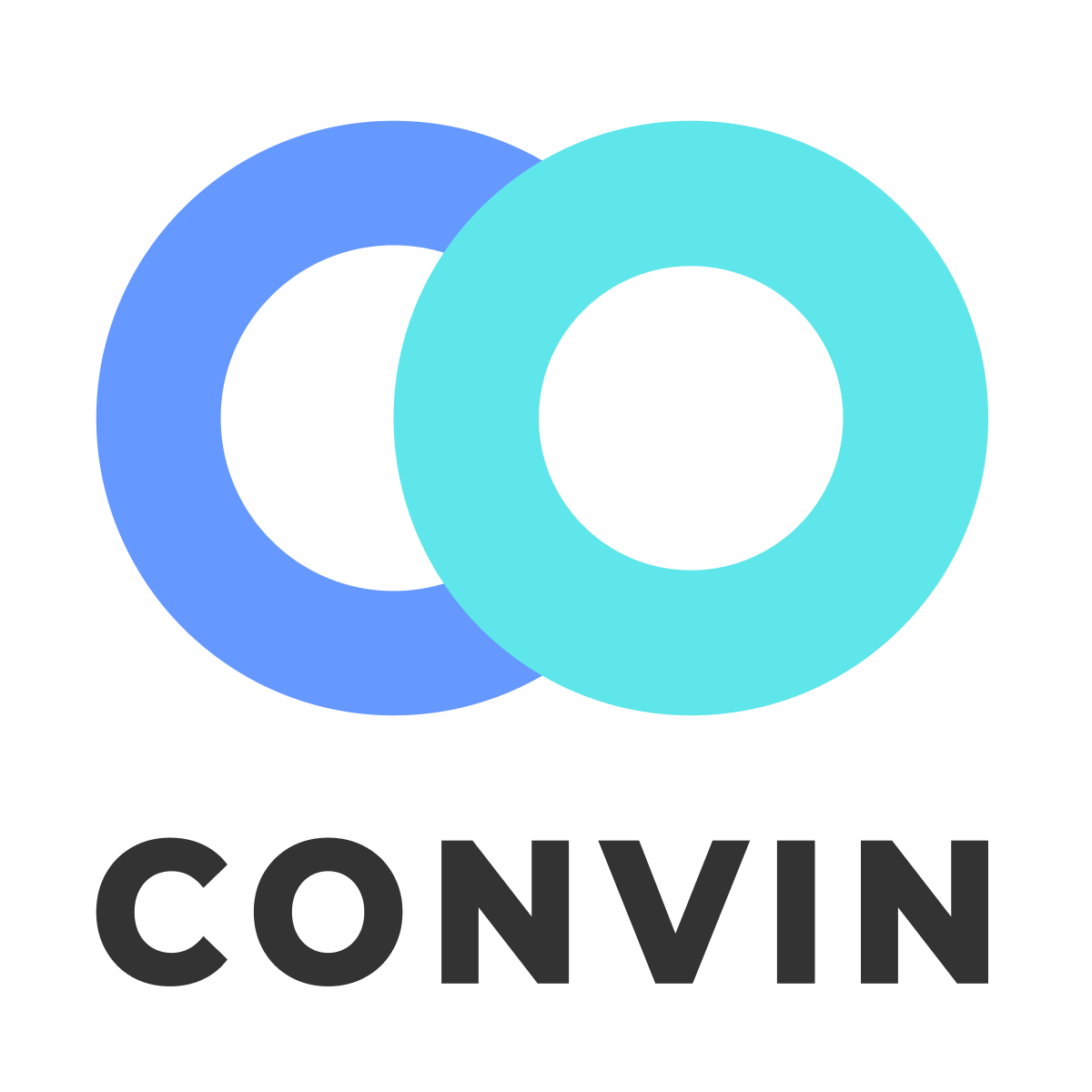Description

OnRamp

Create LMS
Comprehensive Overview: OnRamp vs Create LMS
OnRamp and Create LMS are two distinct platforms in the Learning Management System (LMS) space, each with its own set of features, target markets, and unique differentiators. Here's a comprehensive overview:
OnRamp
a) Primary Functions and Target Markets
- Primary Functions: OnRamp focuses on providing an intuitive and streamlined platform for delivering and managing training. Its primary functions include course creation, content management, learner engagement, analytics, compliance tracking, and integration capabilities with other business systems.
- Target Markets: OnRamp is typically aimed at small to medium-sized businesses (SMBs) and enterprises across various industries, including technology, manufacturing, healthcare, and retail. It caters to organizations looking to implement efficient training programs without needing extensive technical expertise.
b) Market Share and User Base
- Market Share: OnRamp has carved a niche in sectors requiring straightforward and cost-effective LMS solutions. Its market share is growing, particularly among businesses seeking simplicity and ease of use.
- User Base: The user base for OnRamp consists largely of organizations with 50 to 500 employees. It's favored by departmental leaders and HR managers who require a seamless tool for onboarding and continued employee education without complex features.
c) Key Differentiating Factors
- Ease of Use: OnRamp is known for its user-friendly interface, which requires minimal training to get started.
- Cost-Effectiveness: It offers competitive pricing, making it an attractive option for SMBs.
- Integration: OnRamp supports integrations with a wide range of third-party applications, enhancing its utility without requiring users to switch systems.
Create LMS
a) Primary Functions and Target Markets
- Primary Functions: Create LMS is a comprehensive learning platform designed for extensive training management, content creation, eLearning, virtual classroom support, and robust reporting and analytics capabilities.
- Target Markets: Create LMS targets larger enterprises, education sectors, and organizations with complex training needs. It is suitable for industries like finance, healthcare, education, and large corporations that require scalable and customizable learning solutions.
b) Market Share and User Base
- Market Share: Create LMS holds a significant position in the market, largely attributed to its scalability and comprehensive feature set. It is well-established among larger organizations.
- User Base: The user base of Create LMS primarily includes large enterprises and educational institutions that require a more advanced and customizable solution for large-scale deployments.
c) Key Differentiating Factors
- Customizability: Create LMS offers a high level of customizability, allowing users to tailor the platform to their specific needs.
- Advanced Features: It provides advanced features for content creation, virtual classrooms, and complex reporting, which appeal to organizations with sophisticated training requirements.
- Scalability: Create LMS is designed to handle large user bases, making it ideal for enterprises and institutions with growing training demands.
Comparison Overview
In summary, while both OnRamp and Create LMS offer valuable solutions for learning management, they cater to different segments of the market:
- OnRamp is more suitable for smaller organizations seeking a straightforward, budget-friendly solution with essential LMS functionalities.
- Create LMS is better suited for larger companies and institutions needing a robust, scalable, and customizable platform capable of managing complex training programs.
Each platform has its strengths and weaknesses, making the choice largely dependent on the specific needs, size, and complexity of the organization considering the LMS.
Contact Info

Year founded :
2021
Not Available
Not Available
Canada
Not Available

Year founded :
2013
+44 141 275 4803
Not Available
United Kingdom
http://www.linkedin.com/company/createlms
Feature Similarity Breakdown: OnRamp, Create LMS
When comparing OnRamp and Create LMS, both of which are learning management systems, there are several points of analysis regarding their core features, user interfaces, and unique offerings.
a) Core Features Common to Both OnRamp and Create LMS:
-
Course Management: Both platforms offer robust tools for creating, managing, and delivering online courses. This includes course authoring tools, the ability to upload various content types (videos, documents, quizzes), and organizing course materials in a coherent manner.
-
User Management: They both provide user management features that allow administrators to enroll students, assign roles, and track user progress through courses.
-
Assessment & Testing: Both platforms support various forms of assessments, such as quizzes and tests, with features for automatic grading and feedback.
-
Reporting & Analytics: Each system offers reporting capabilities to track learner progress and performance, providing insights for both learners and administrators.
-
Mobile Accessibility: OnRamp and Create LMS are both accessible on mobile devices, allowing learners to access course materials on-the-go.
-
Integration Capabilities: Both platforms support integrations with other systems, such as HR software, CRM systems, and other educational tools, providing a seamless experience for organizations.
b) Comparison of User Interfaces:
-
OnRamp: Typically features a clean and intuitive interface focused on ease of navigation. It often emphasizes simplicity and straightforward course management to ensure that users can easily access and manage their learning paths.
-
Create LMS: Often provides a more customizable interface, allowing users to tailor their dashboard and experience according to organizational branding and specific needs. This can sometimes result in a steeper learning curve compared to OnRamp.
Both systems aim to provide user-friendly experiences, but the degree of customization and complexity may differ, with Create LMS potentially offering more options for advanced users or administrators.
c) Unique Features:
-
OnRamp:
- Simplified Onboarding: Focuses heavily on seamless onboarding processes for both trainers and learners, with expansive help resources and a step-by-step setup guide.
- Microlearning Emphasis: Designed specifically to facilitate microlearning, allowing content to be broken down into smaller, more digestible pieces.
-
Create LMS:
- Comprehensive Customization: Offers advanced customization not just in interface design but also in terms of workflows and course templates.
- Advanced Analytics: Provides deeper, more detailed analytics options compared to some competitors, giving insights into learner behaviors and engagement metrics.
In summary, while OnRamp and Create LMS share several core features typical of LMS solutions, they differentiate themselves through unique aspects like onboarding and customization, where OnRamp focuses on ease and accessibility, and Create LMS emphasizes personalization and detailed analytics. The choice between them would depend on the specific needs and priorities of the organization opting for these solutions.
Features

Not Available

Not Available
Best Fit Use Cases: OnRamp, Create LMS
OnRamp:
a) Best Fit for Businesses or Projects: OnRamp is particularly suited for businesses or projects that require rapid onboarding and training processes. This includes startups or SMEs looking to scale their operations quickly without being bogged down by lengthy training sessions. It is ideal for companies with high turnover rates, such as retail or hospitality, where quick, efficient onboarding is crucial. OnRamp is also beneficial for organizations needing to comply with specific industry regulations through fast and structured training modules.
b) Preferred Scenarios for Use: OnRamp shines in scenarios where time-sensitive training is required. This includes project launches, mergers and acquisitions, or scenarios where new product or service training must occur quickly across multiple locations. Companies undergoing rapid expansion, hiring surges, or transitioning to new technologies may find OnRamp beneficial for ensuring all employees are up to speed in a unified manner.
d) Catering to Industry Verticals or Company Sizes: OnRamp serves a variety of industry verticals such as retail, hospitality, healthcare, and logistics, where rapid training deployment is needed. It is particularly advantageous for small to mid-sized companies or major enterprises operating with limited training resources or aiming to cut down on the time spent on onboarding. Its scalable nature allows it to support growing companies and adapt to changing training needs.
Create LMS:
b) Preferred Scenarios for Use: Create LMS is optimal for scenarios where detailed, customizable, and ongoing training programs are necessary. It is preferred when businesses need to develop comprehensive training programs with analytical insights, complex course structures, or certifications. Companies focusing on continuous employee development, upskilling, and reskilling initiatives would find Create LMS particularly useful.
d) Catering to Industry Verticals or Company Sizes: Create LMS is versatile, catering to several industry verticals including corporate training, education, healthcare, and technology sectors. It serves well for large enterprises needing robust training solutions, as well as educational institutions looking for an effective way to deliver curriculum and track student progress. Its ability to handle complex training systems makes it suitable for industries with intricate or varied learning requirements. Additionally, Create LMS can scale to meet the demands of both small businesses and large, global corporations, offering detailed reporting and analytics to support strategic learning and development goals.
Pricing

Pricing Not Available

Pricing Not Available
Metrics History
Metrics History
Comparing undefined across companies
Conclusion & Final Verdict: OnRamp vs Create LMS
Conclusion and Final Verdict for OnRamp vs Create LMS
When comparing OnRamp and Create LMS, both products demonstrate robust features tailored to enhance learning management within organizations. However, the decision ultimately hinges on specific organizational needs, budget constraints, and operational priorities.
a) Best Overall Value
Considering all factors, Create LMS generally offers the best overall value. This is primarily due to its scalability, comprehensive feature set, and adaptability across different types of organizations. Its capacity to integrate with a wide array of existing systems provides flexibility that can suit dynamic environments, making it a critical asset for businesses expecting growth or change.
b) Pros and Cons of Each Product
OnRamp
Pros:
- User-Friendly Interface: OnRamp provides an intuitive, easy-to-navigate platform ideal for companies looking to streamline basic training processes.
- Cost-Effective for Small Teams: It offers affordable pricing plans that are particularly attractive to smaller businesses or startups with limited budgets.
- Quick Setup: Noted for its hassle-free implementation, which doesn’t require extensive IT support.
Cons:
- Limited Advanced Features: May not suffice for organizations requiring complex or highly customized training portfolios.
- Scalability Issues: Might face challenges as the organization grows and needs expand, potentially limiting long-term value.
Create LMS
Pros:
- Rich Feature Set: Create LMS includes advanced customization, comprehensive reporting, and a wide array of integrations, which cater to larger, more complex organizations.
- Scalability: Built to grow with the organization, supporting an expanding user base without compromising performance.
- Excellent Support and Community Resources: Backed by a responsive support team and extensive user resources for problem-solving and optimization.
Cons:
- Higher Cost: The platform's extensive features and support can translate to a higher price point, which may not be suitable for smaller companies.
- Steeper Learning Curve: Users might require more training to fully leverage its capabilities, potentially increasing initial time investment.
c) Recommendations for Users
-
Evaluate Current and Future Needs: Organizations should analyze both their immediate requirements and anticipate future growth. Create LMS is advisable for companies with complex needs or plans for expansion due to its robust scalability and integration capabilities.
-
Budget Considerations: If budget constraints are a primary concern, OnRamp offers a cost-effective solution for companies with straightforward training needs.
-
Pilot Programs: For users undecided between the two, implementing a pilot program might offer practical insights into which LMS better fits their operational style before committing fully.
-
Customization Needs: If customization and integration with other existing systems are priorities, Create LMS should be strongly considered.
In summary, choosing between OnRamp and Create LMS requires careful evaluation of the organization's specific context. While Create LMS generally offers greater value for more extensive and diverse requirements, OnRamp provides a simpler, more cost-effective solution for smaller teams and straightforward training programs.
Add to compare
Add similar companies



